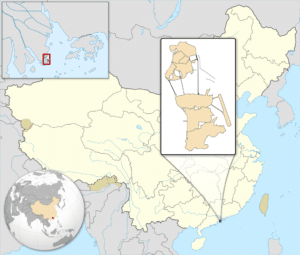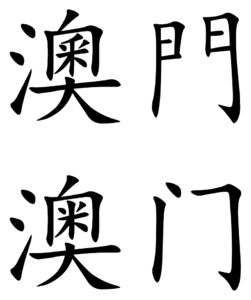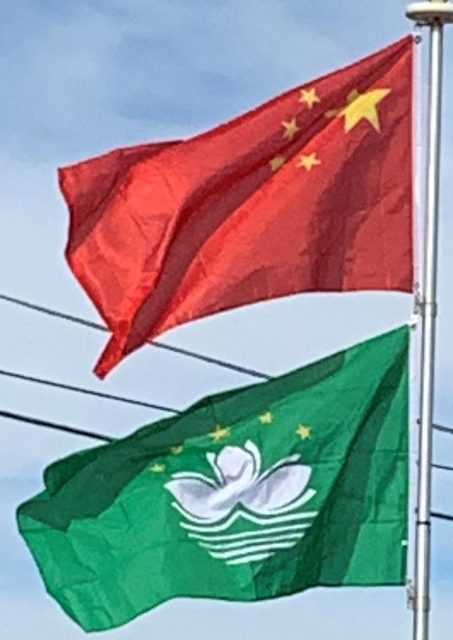Introduction:
Macau or Macao, officially the Macao Special Administrative Region of the People’s Republic of China, is a special administrative region on the western side of the Pearl River estuary in southern China. With a population of 667,400 and an area of 32.9 km2 (12.7 sq mi), it is the most densely populated region in the world.
Macau was formerly a colony of the Portuguese Empire, after Ming China leased the territory as a trading post in 1557. Portugal governed the area in a style under Chinese sovereignty and authority until 1887, when it was given perpetual colonial rights for Macau. The colony remained under Portuguese rule until 1999, when it was transferred to China. As a special administrative region, Macau maintains separate governing and economic systems from that of mainland China.

Originally a sparsely populated collection of coastal islands, the territory has become a major resort city and the top destination for gambling tourism. It is the ninth-highest recipient of tourism revenue and its gaming industry is seven times larger than that of Las Vegas. Although the city has one of the highest per capita incomes in the world, it has severe income inequality. Its GDP per capita by purchasing power parity is one of the highest in the world and higher than any country in the world in 2014 according to the World Bank.
Macau has a very high Human Development Index. The government of Macau calculates its own HDI. Macau has the fourth-highest life expectancy in the world. The territory is highly urbanized and most development is built on reclaimed land; two-thirds of total land area is reclaimed from the sea.
Etymology:
The first known written record of the name “Macau”, rendered as “Ya/A Ma Gang” (“亞/阿-媽/馬-港”), is in a letter dated 20 November 1555. The local inhabitants believed that the sea-goddess Mazu (alternatively called A-Ma) had blessed and protected the harbor and called the waters around A-Ma Temple using her name. When Portuguese explorers first arrived in the area and asked for the place name, the locals thought they were asking about the temple and told them it was “Ma Kok” (媽閣). The earliest Portuguese spelling for this was Amaquão. Multiple variations were used until Amacão / Amacao and Macão / Macao became common during the 17th century, gradually standardizing as Macao, and Macau today.

Macau Peninsula had many names in Chinese, including Jing’ao (井澳/鏡澳), Haojing (濠鏡), and Haojing’ao (濠鏡澳). The islands Taipa, Coloane, and Hengqin were collectively called Shizimen (十字門). These names would later become Aomen (澳門), Oumún in Cantonese and translating as “bay gate” or “port gate”, to refer to the whole territory.
History:
The region is first known to have been settled during the Han dynasty. Macau did not develop as a major settlement until the Portuguese arrived in the 16th century. The first European visitor to reach China by sea was the explorer Jorge Álvares, who arrived in 1513. Merchants first established a trading post in Hong Kong waters at Tamão (present-day Tuen Mun), beginning regular trade with nearby settlements in southern China. Military clashes between the Ming and Portuguese navies followed the expulsion of the Tamão traders in 1521. Despite the trade ban, Portuguese merchants continued to attempt settling on other parts of the Pearl River estuary, finally settling on Macau. Luso-Chinese trade relations were formally reestablished in 1554 and Portugal soon after acquired a permanent lease for Macau in 1557, agreeing to pay 500 taels of silver as annual land rent.
